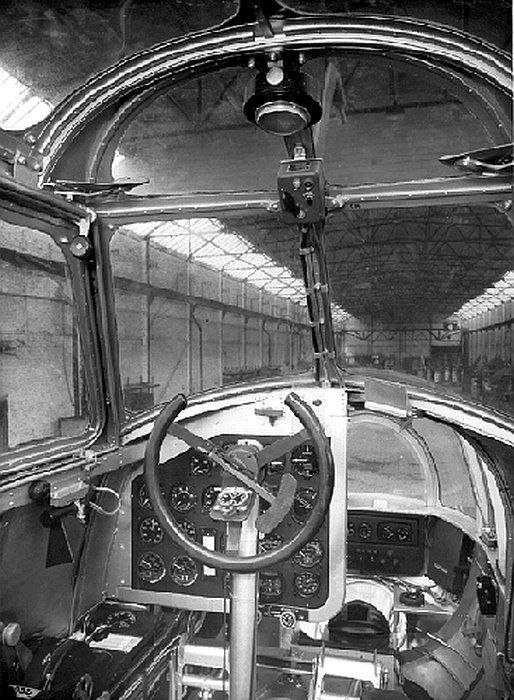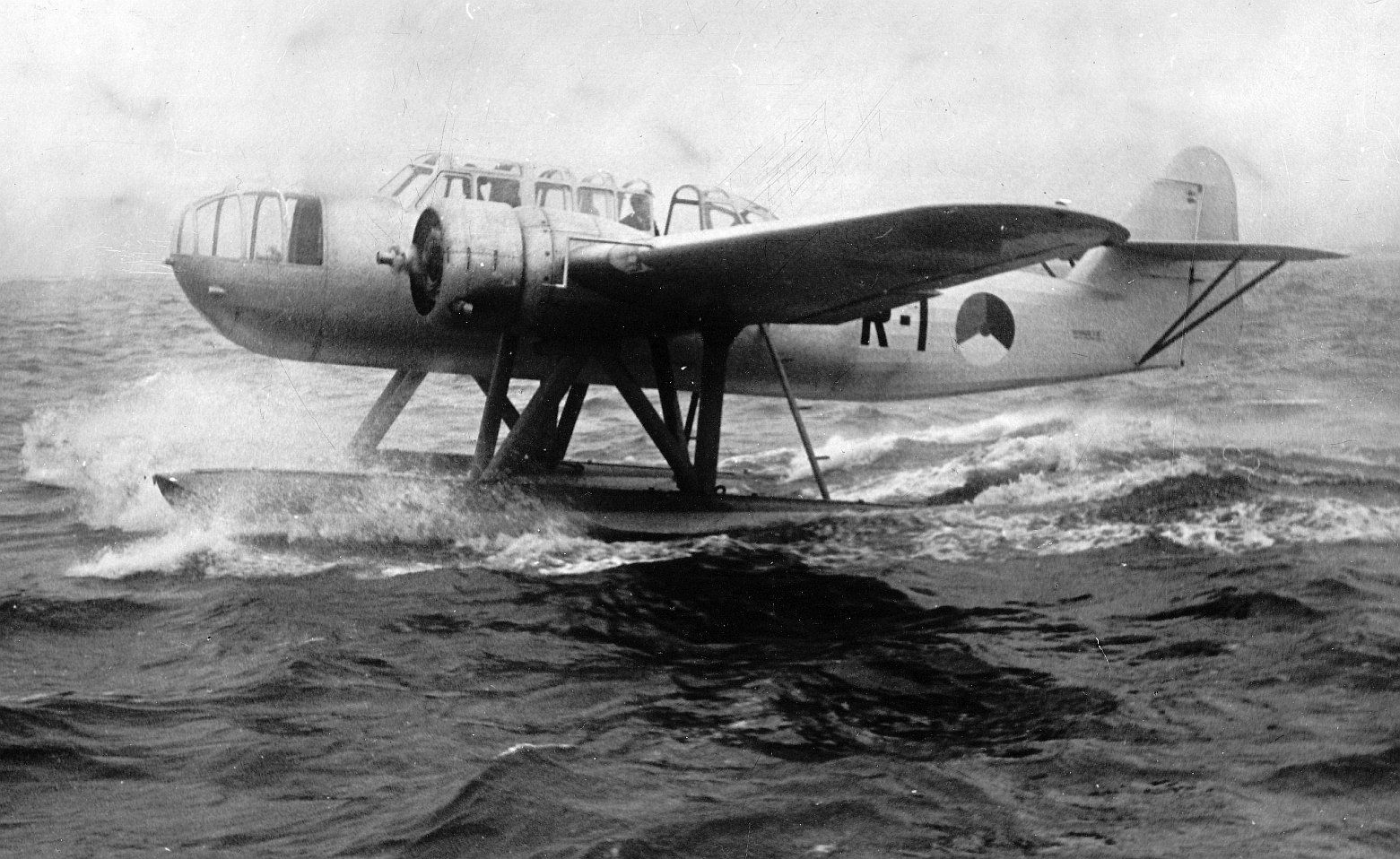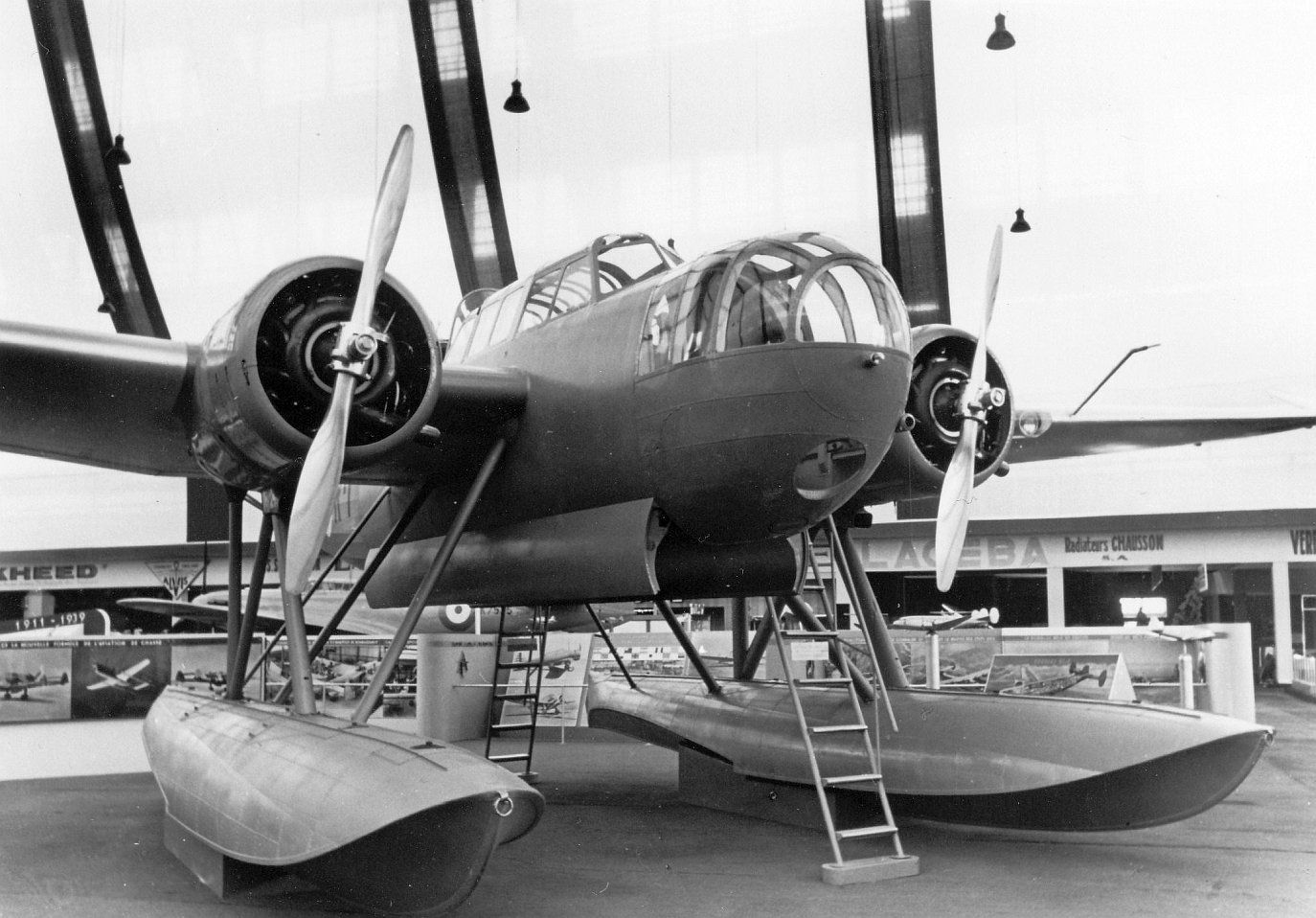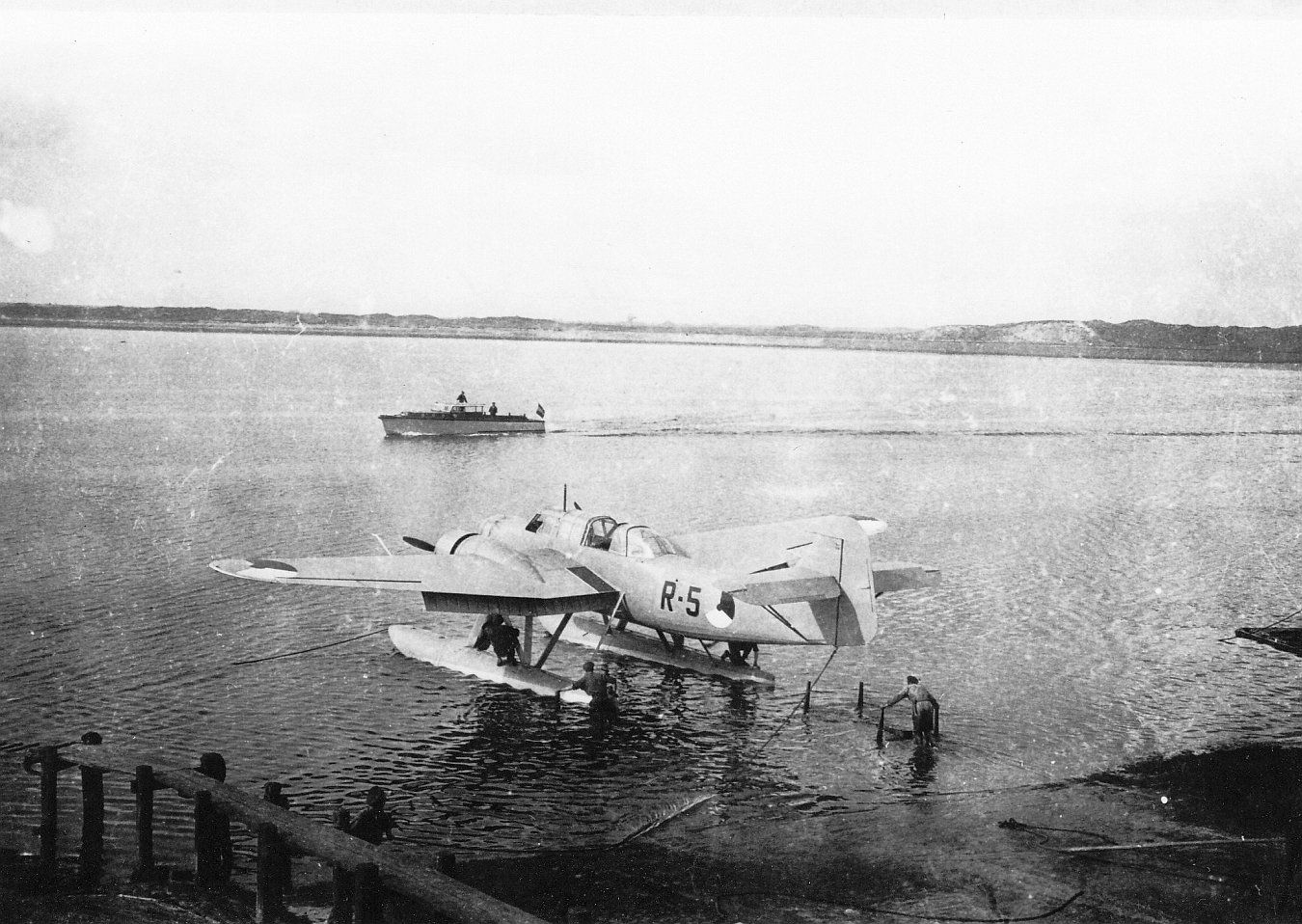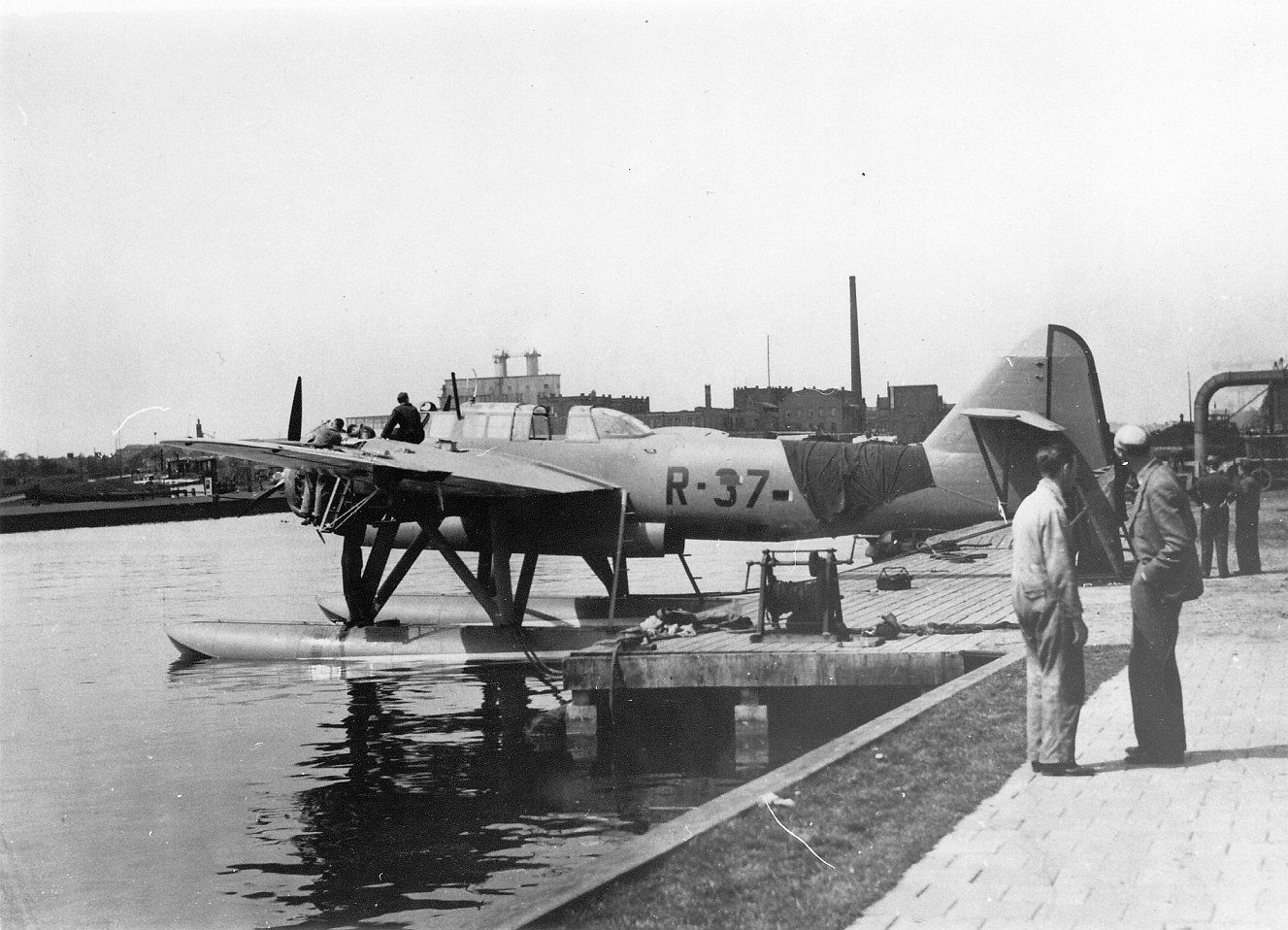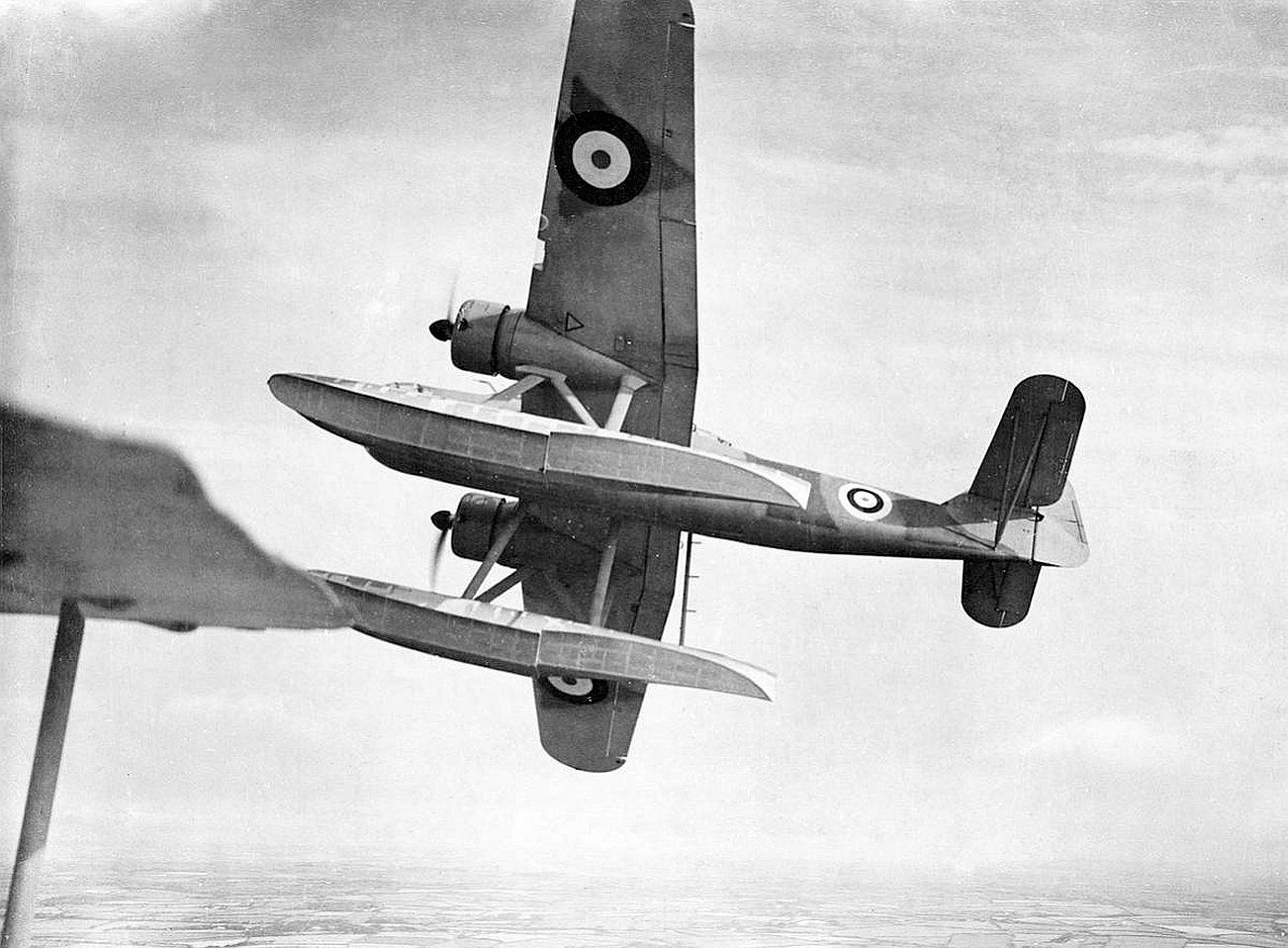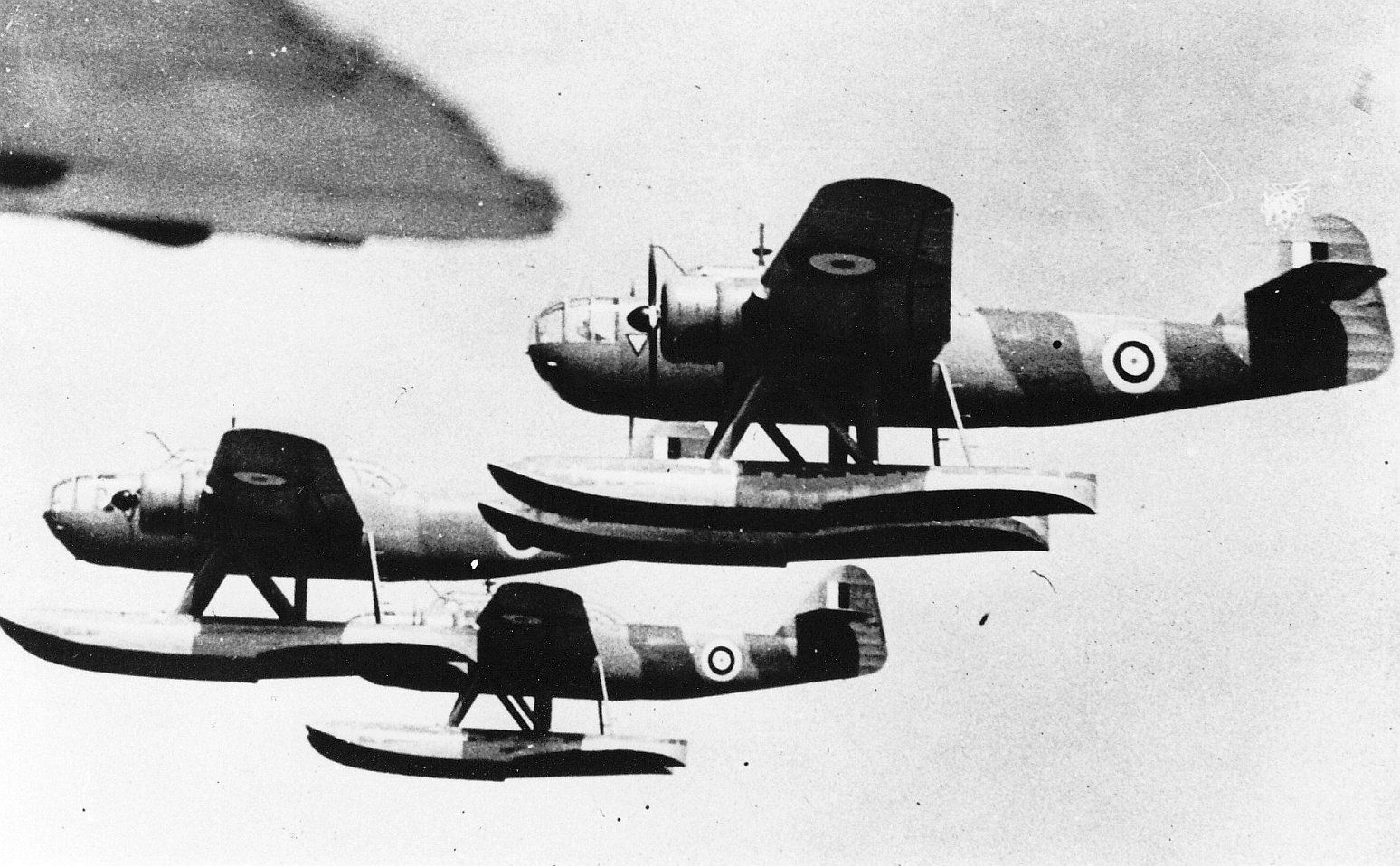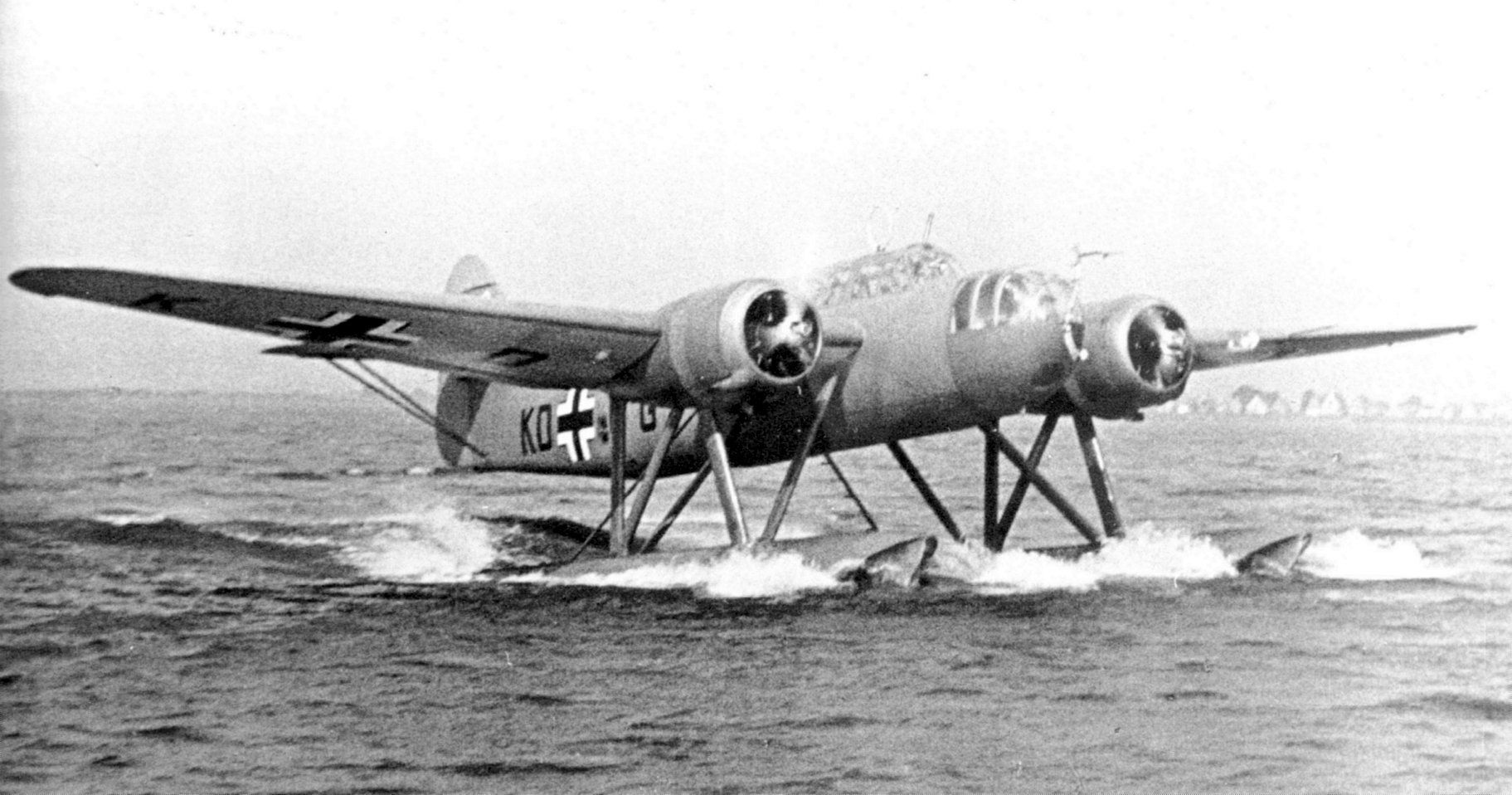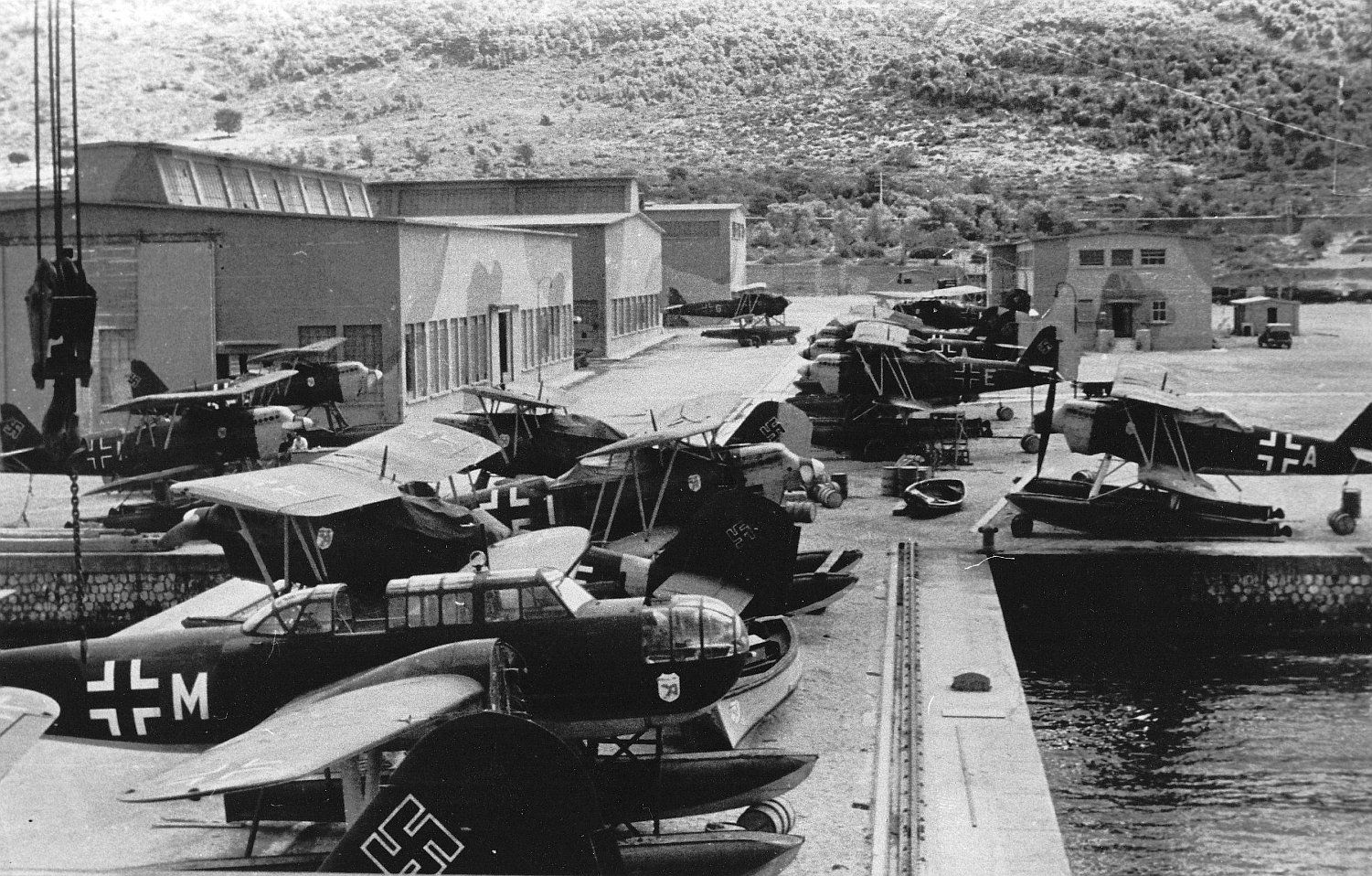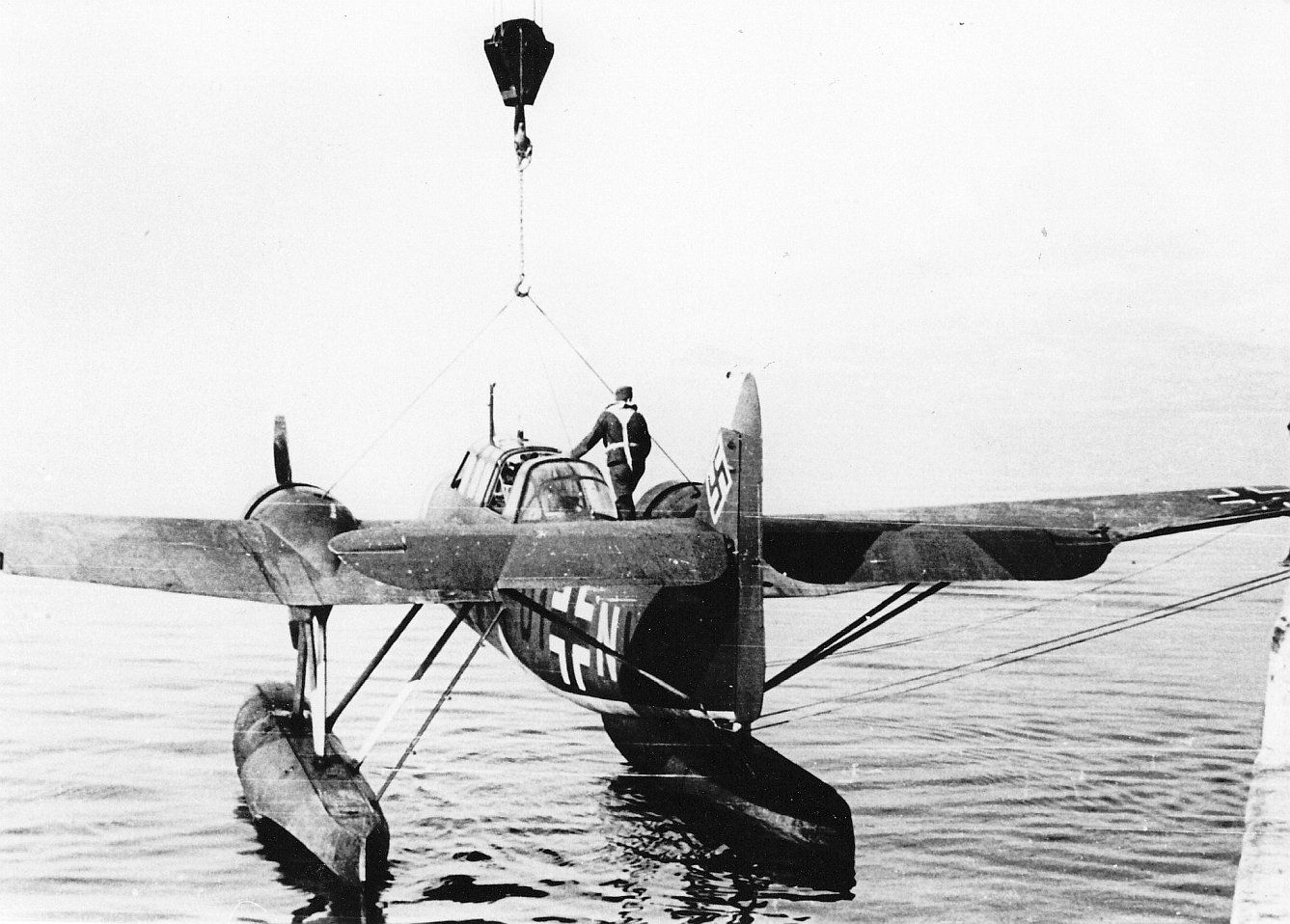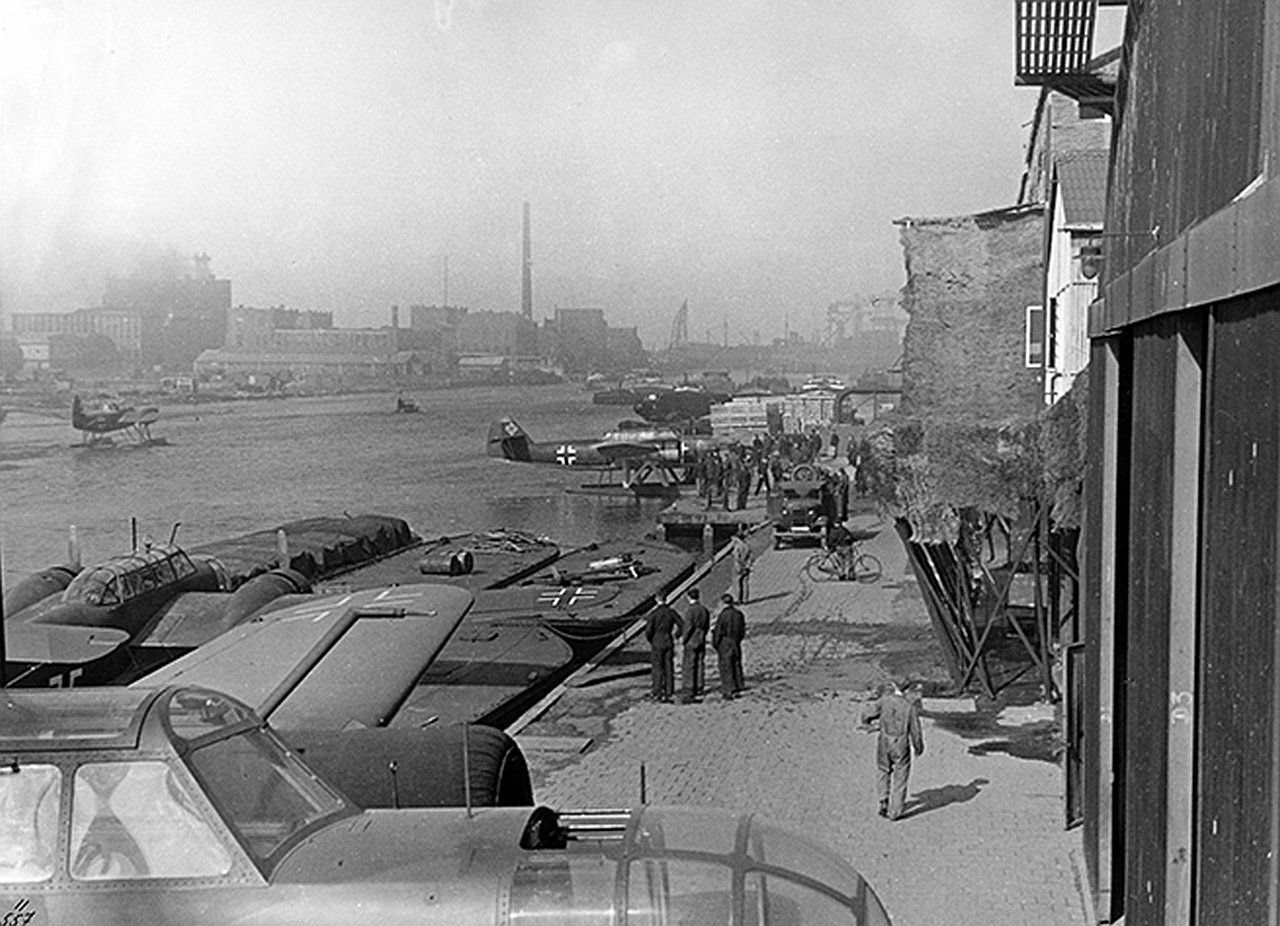The Fokker T.VIII-W
In 1938 the MLD felt the need for a successor to the T.IVa.
Marius Beeling designed the Fokker T.VIII-W based on an MLD specification.
It was a large float plane with room for 3 or 4 crew members and capable of dropping bombs and torpedoes weighing up to 600 kg.
7.9 mm FN Browning machine guns were mounted in the nose turret and on top of the fuselage.
The power source was two Wright Whirlwind R 975 E 3 engines of 420 hp each.
Four different versions were built based on the construction method.
For the Netherlands 24 pieces as T.VIII-W/G with mixed construction and 12 pieces T.VIII-W/M, made entirely of metal.
A slightly larger version was built for Finland: the T.VIII-W/C, and also the T.VIII-W/L, a land version.
These machines were equipped with two Bristol Mercury XIs of 825 hp each.
On September 20, 1938, the MLD placed an initial order for 5 units, even before the first flight took place on February 22, 1939.
On 1 November 1939, the MLD placed a second order for 19 T.VIII-W/Gs, followed by an order for 12 T.VIII-W/Ms in February 1940.
Finland had placed an order on 11 January 1939 for two T.VIII-W/Cs with the floats to be exchanged for fixed landing gear.
After the capitulation on May 15, 1940, the German occupiers found an undamaged production line in the Fokker factory.
the T.VIII-W.
There were thirteen MLD T.VIII-W/G examples and two Finnish T.VIII-W/Cs.
Under pressure from the Germans, all aircraft at Fokker were completed and incorporated into the Luftwaffe fleet.
During the war, 24 T.VIII-WG and-Wm and two We were taken over by the Luftwaffe.
On May 13, the MLD was still able to divert to England, and the seven airworthy T.VIII Ws also flew to England via France.
On May 10, one T.VIII-W/G had already arrived in England.
The aircraft were stationed at Pembroke Dock in Wales, where they formed the basis for the first Dutch squadron within the RAF Coastal Command, the 320th (Dutch) Squadron.
Here they were given British camouflage colours, identification markings and registration numbers (AV958 to AV965).
The Fokkers were used for patrol and convoy duties over the Irish Sea.
This type was therefore used for some time in the Netherlands, England and Germany, which is a remarkable fact.
Click on the photo to enlarge the photo
The T.VIII-W in Dutch service
After the Dutch surrender on May 14, 1940, there were soon Germans who wanted to continue production of the T,VIII-W.
As with the G-1, there was a well-run production line.
The temporary LVA painting explains the orange mobilization painting.
In the “Germany” section of this page you will see the aircraft listed as KD GG of the Luftwaffe.
The T.VIII-W in British service
On May 14, 1940 at 3:00 AM, the first aircraft that were still ready to fly left the Netherlands, their destination would be Boulogne-sur-Mer in Northern France.
The Fokker T.VIII-W/G aircraft the R-1, R-6, R-7, R-8, R-9, R-10 and R-11 departed together.
The R-3 had already arrived in Brighton in southern England with the ministers Van Kleffens (Foreign Affairs) and Welter (Colonies) and their wives.
The new fast MLD motorboats M-73 and M-74 left via the Eierlandse Gat (Texel) directly to England.
After arriving at Boulogne-sur-Mer at the end of the afternoon of 14 May 1940, the evacuated aircraft were ordered to fly on to Cherbourg (Normandy).
The above mentioned T.VIII-W aircraft would remain in Cherbourg while the remaining 17 aircraft left for Brest (Brittany) on 16 May 1940.
These were the C.XIV W aircraft F-1, F-5, F-6, F-13, F-15, F-16, F-17, F-18, F-22 and F-23. The F-3 remained behind as a target aircraft.
Also flying were the C.VIII W aircraft G-1, G-2, G-3, G-5 and G-6.
And also a CXI-W the W-14, which left for Felixstowe and later flew back to Calshot.
On 19 May 1940 all 17 aircraft had to cross via Cherbourg to the RAF airfield at Calshot (near Southampton) where they arrived on the afternoon of 22 May 1940.
Some of these 17 aircraft were less suitable for service with the RAF and were later transported by ship to the Dutch East Indies.
However, the eight T.VIII-W/G aircraft moved to RAF Naval Airfield Pembroke Dock on the south coast of Wales on 1 June 1940.
320 (Dutch) Squadron would build up a considerable reputation there. The 17 aircraft crossed via Cherbourg to the RAF airfield at Calshot (near Southampton), where they arrived on the afternoon of 22 May 1940.
Some of these 17 aircraft were less suitable for service with the RAF and were later transported by ship to the Dutch East Indies.
But the eight T.VIII-W/G aircraft moved to RAF Naval airfield Pembroke Dock on the south coast of Wales on 1 June 1940.
320 (Dutch) Squadron would build up quite a reputation there.



